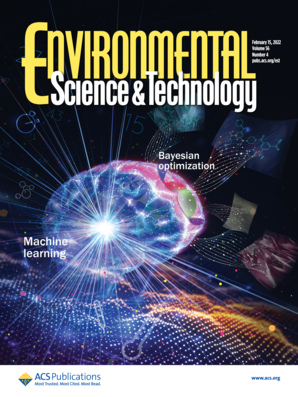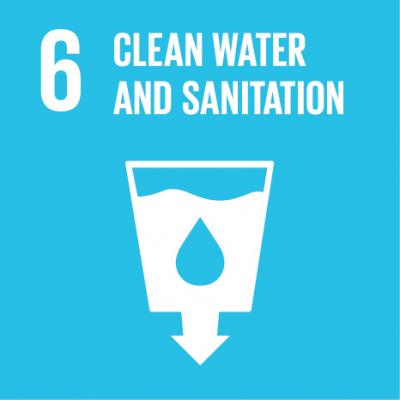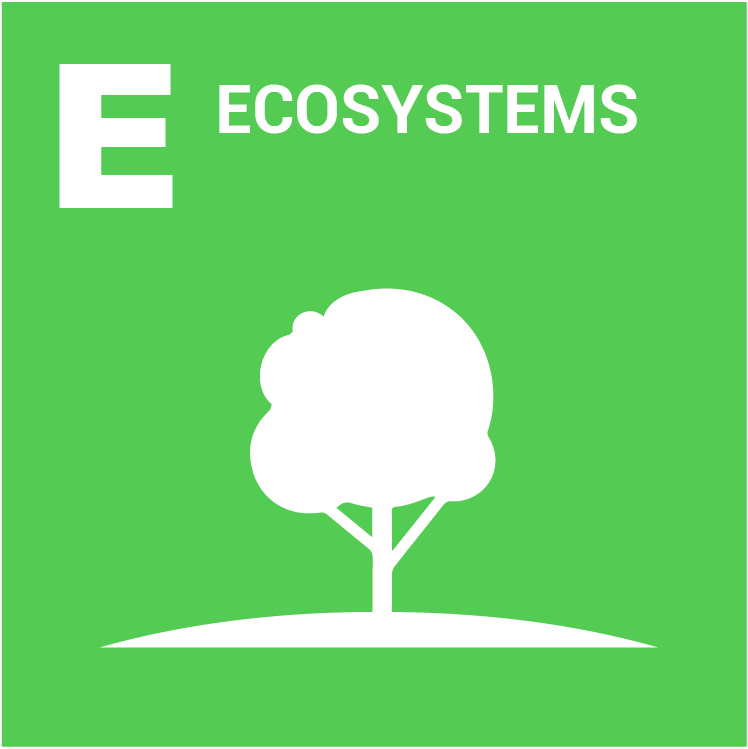Point-of-use (POU) devices with satisfying mercury (Hg) removal performance are urgently needed for public health and yet are scarcely reported. In this study, a thiol-laced metal−organic framework (MOF)-based sponge monolith (TLMS M) has been investigated for Hg(II) removal as the POU device for its benchmark application. The
resulting TLMS M was characterized by remarkable chemical resistance, mechanical stability, and hydroscopicity (>2100 wt %). Importantly, the TLMS M has exhibited high adsorption capacity (∼954.7 mg g−1), fast kinetics (kf ∼ 1.76 × 10−5 ms−1), broad working pH range (1−10), high selectivity (Kd > 5.0 × 107 mL g−1), and excellent regeneration capability (removal efficiency >90% after 25 cycles). The high applicability of TLMS M in real-world scenarios was verified by its excellent Hg(II) removal performance in various real water matrices (e.g., surface waters and industrial effluents). Moreover, a fixed-bed column test demonstrated that ∼1485 bed volumes of the feeding streams (∼500 μg L−1) can be effectively treated with an enrichment factor of 12.6, suggesting the great potential of TLMS M as POU devices. Furthermore, the principal adsorption complexes (e.g., single-layer -S-Hg-Cl and double-layer -S-Hg-O-Hg-Cl and -S-Hg-O-Hg-OH) formed during the adsorption process under a wide range of pH were synergistically and systematically unveiled using advanced tools. Overall, this work presents an applicable approach by tailoring MOF into a sponge substrate to achieve its real application in heavy metal removal from water, especially for Hg(II).
Corresponding author: Jinming Luo. jinming.luo@sjtu.edu.cn




